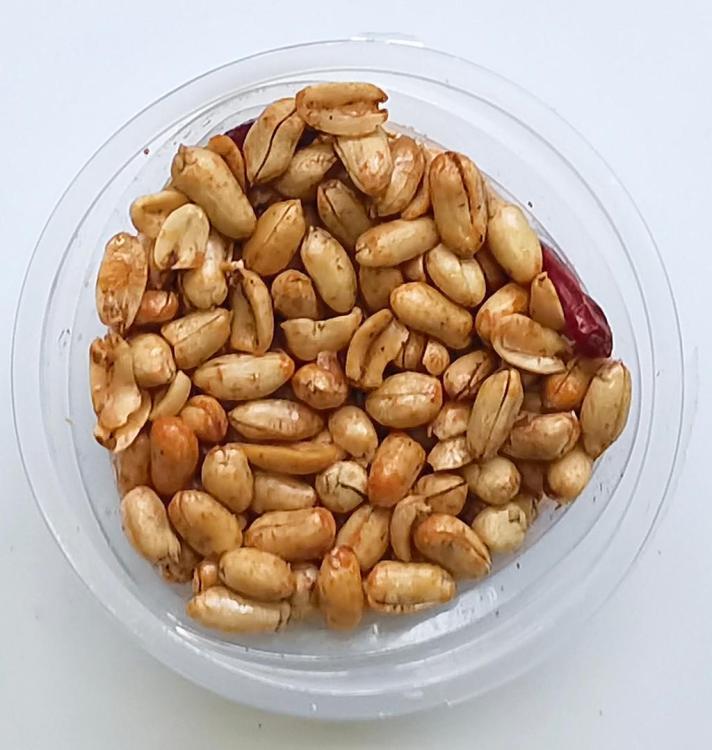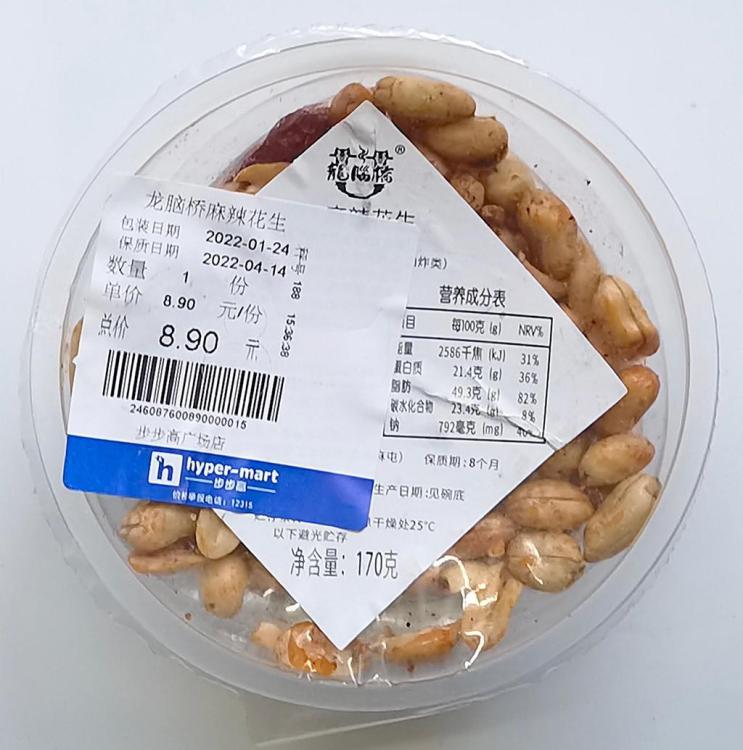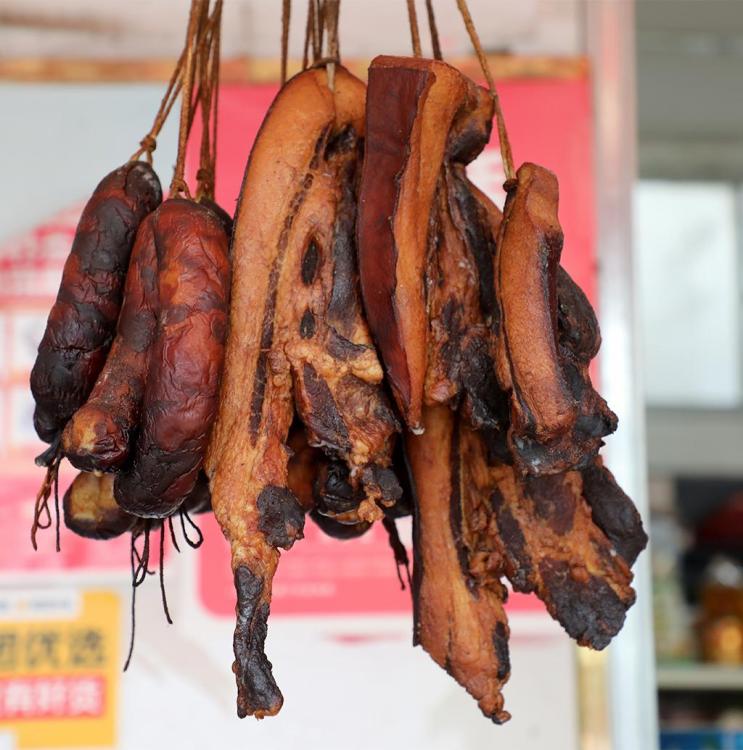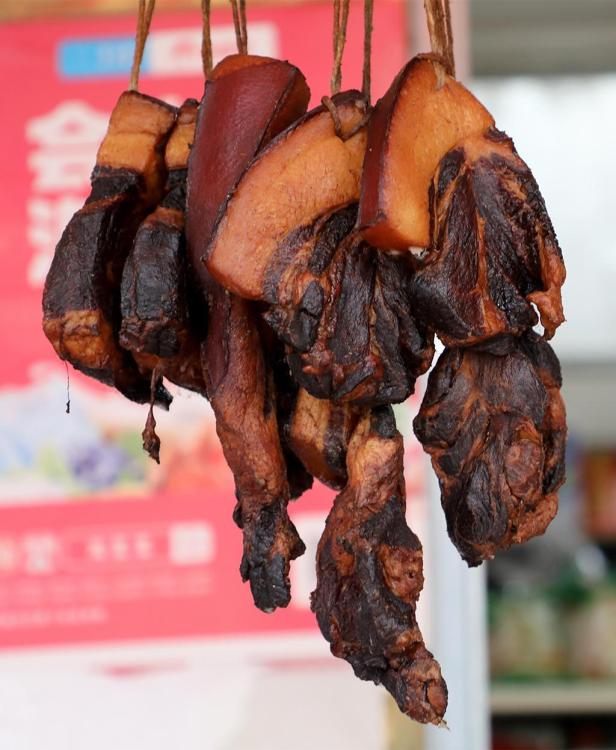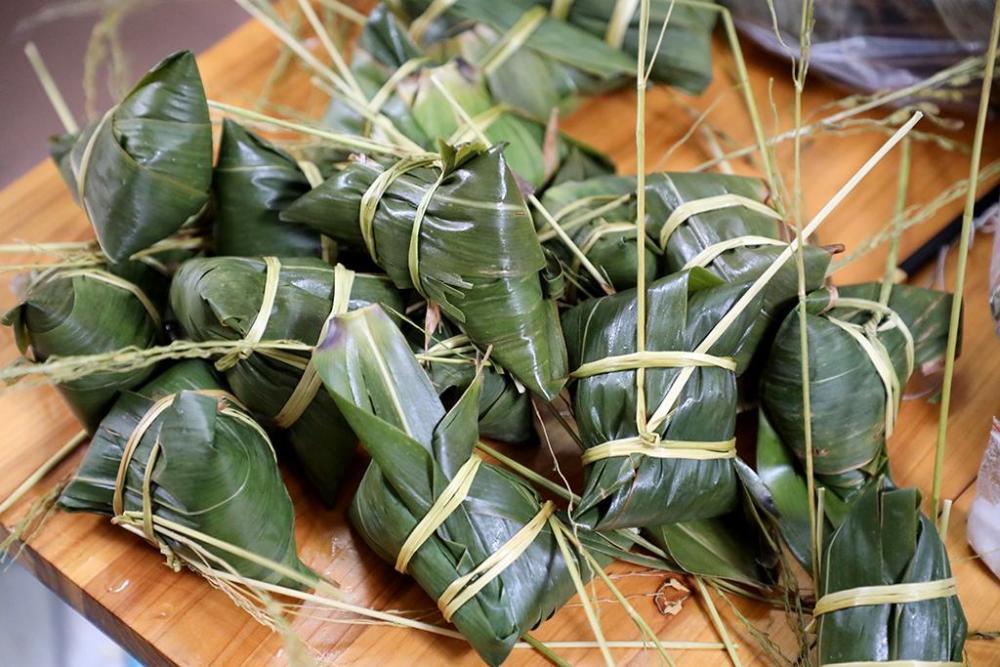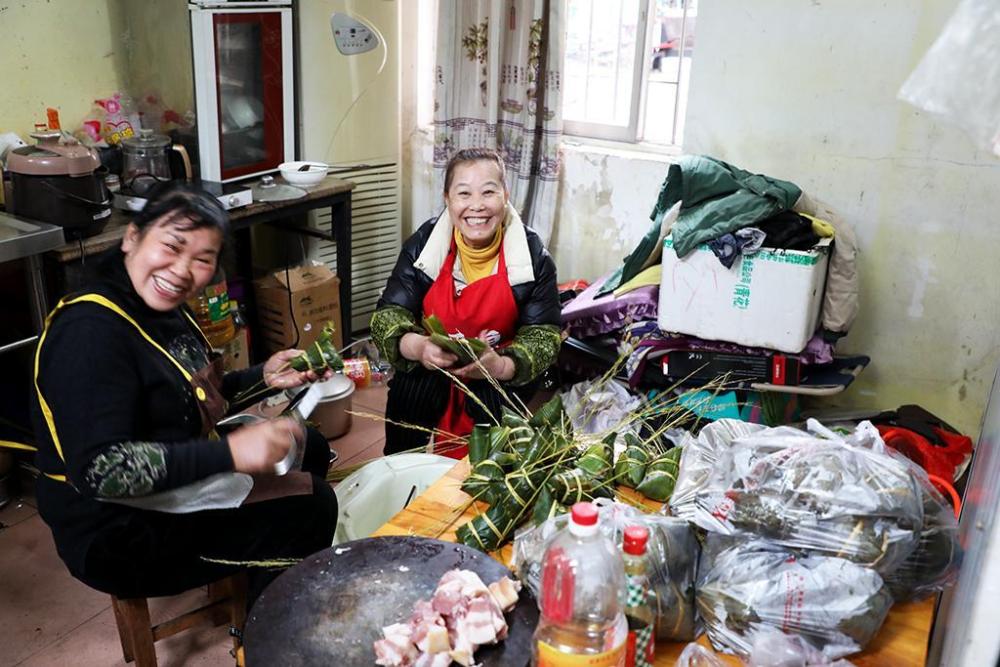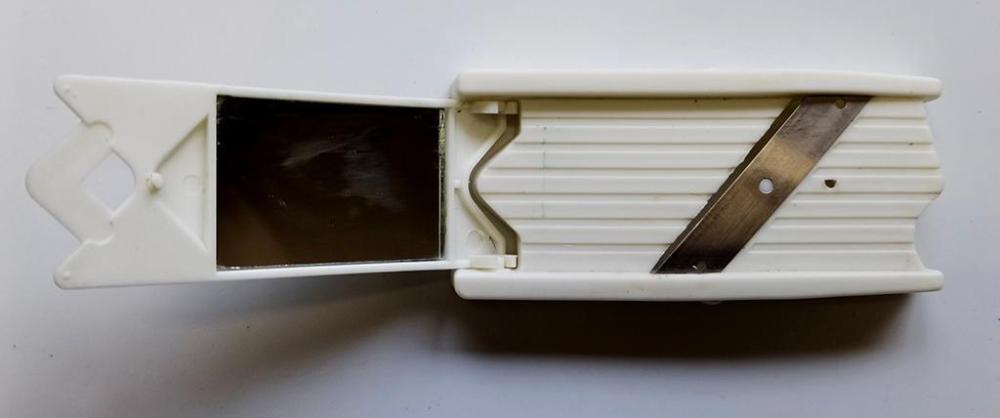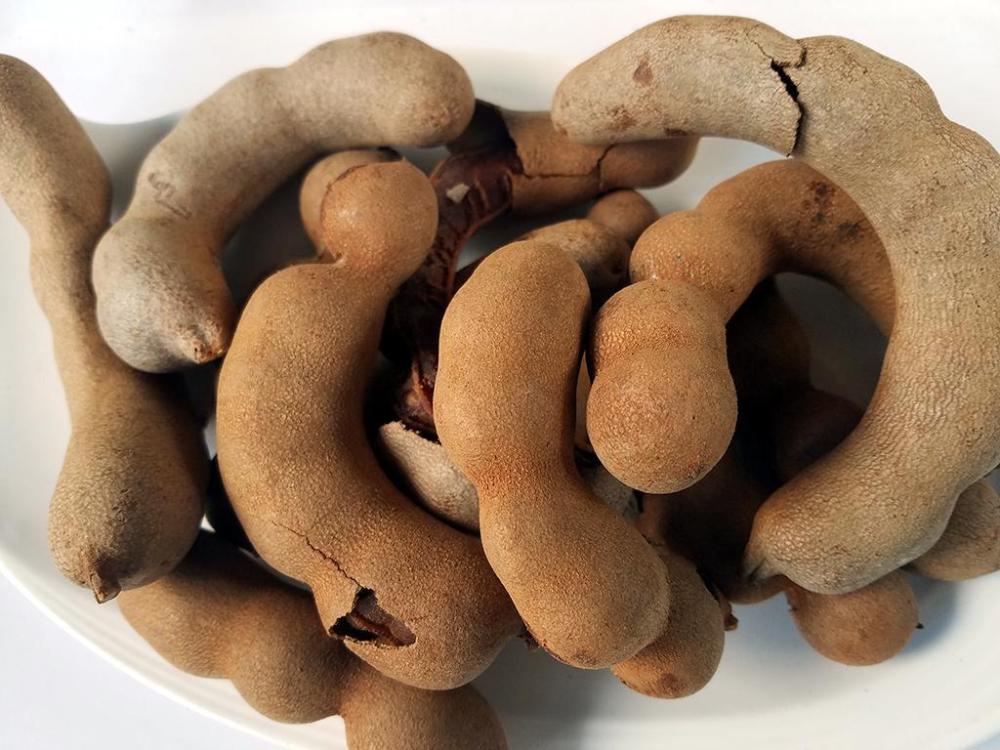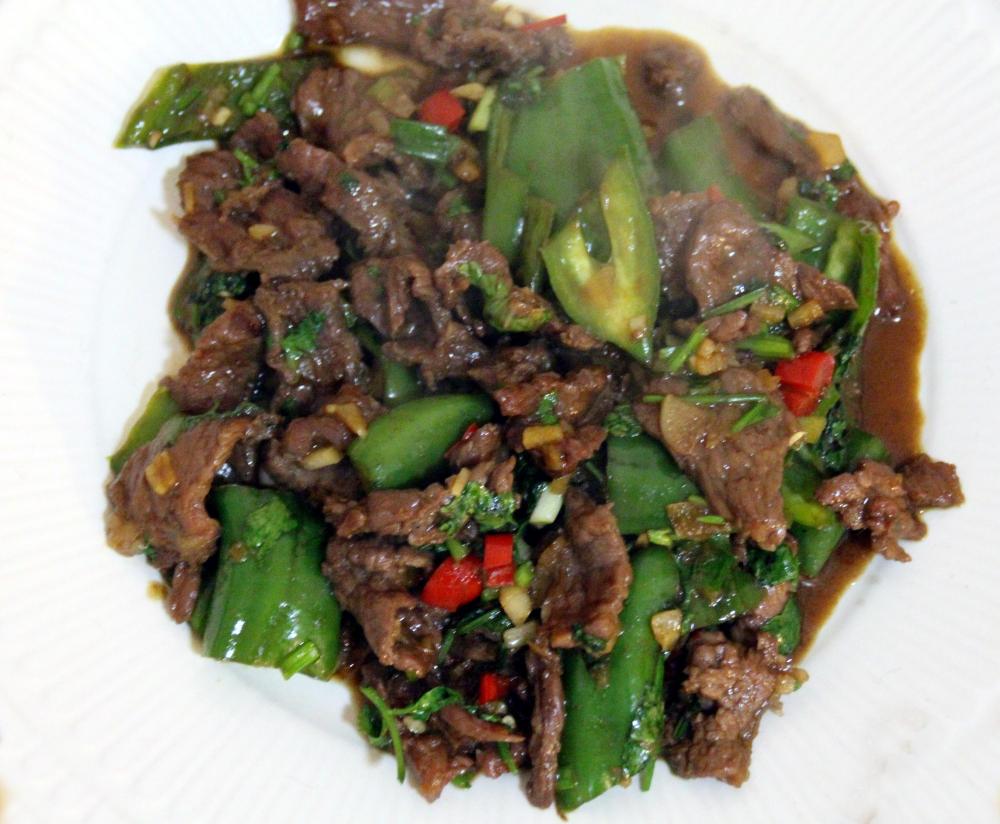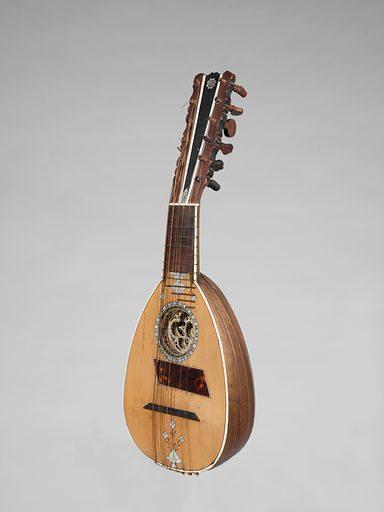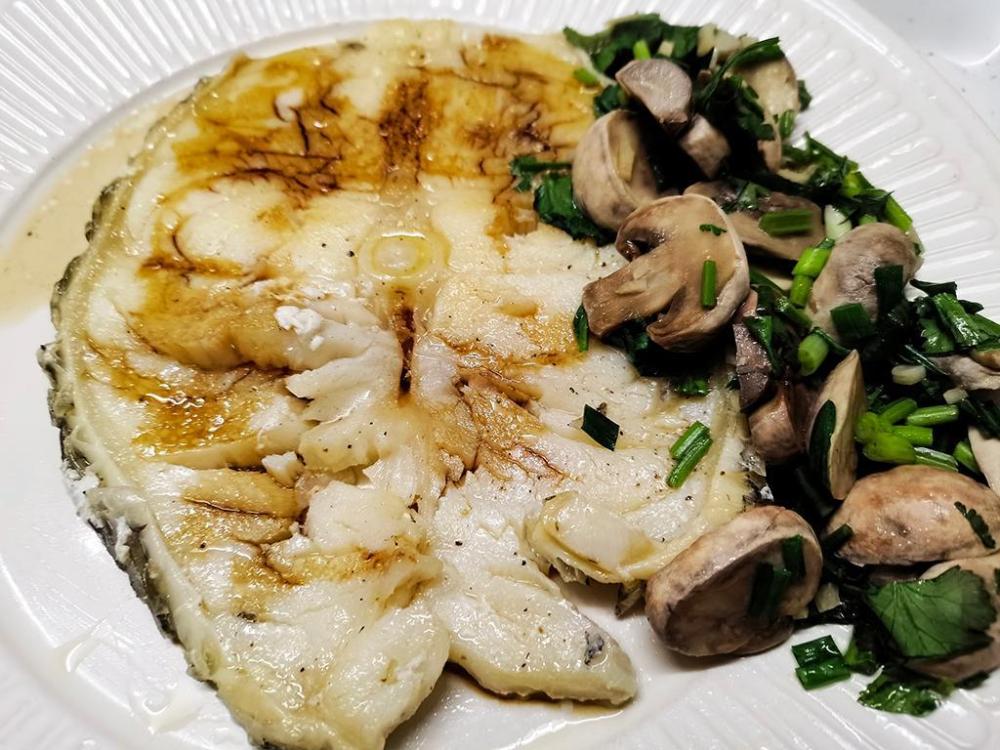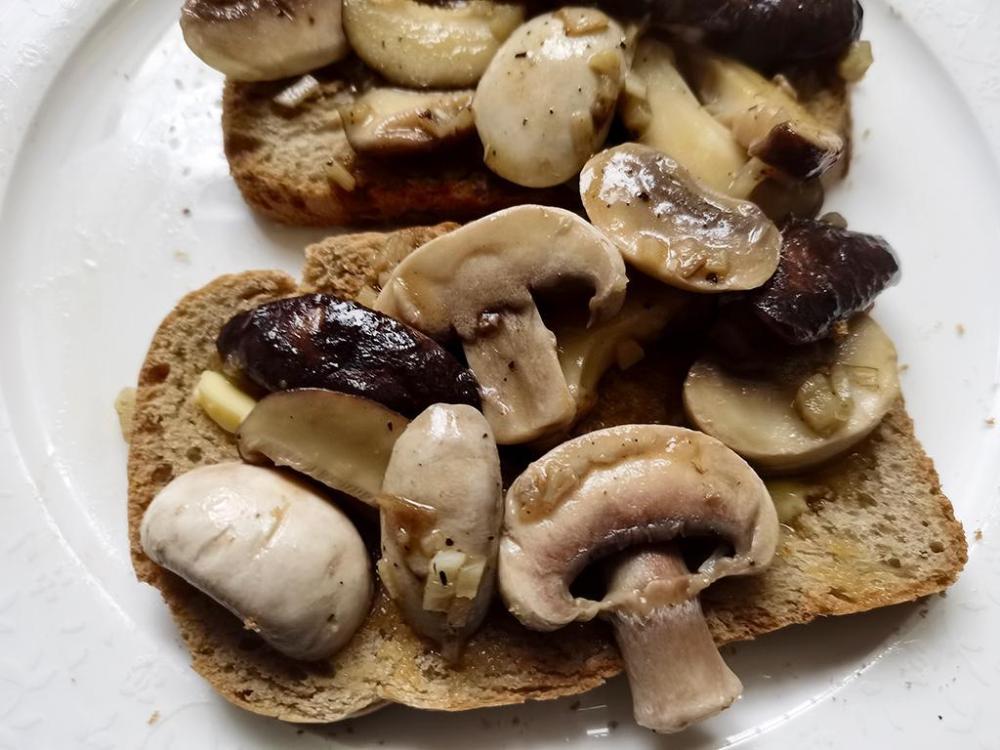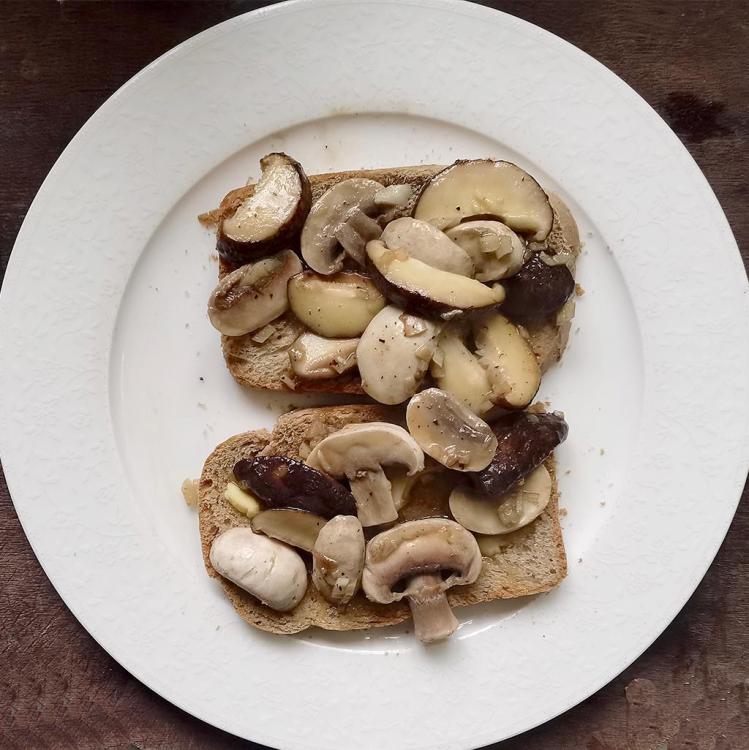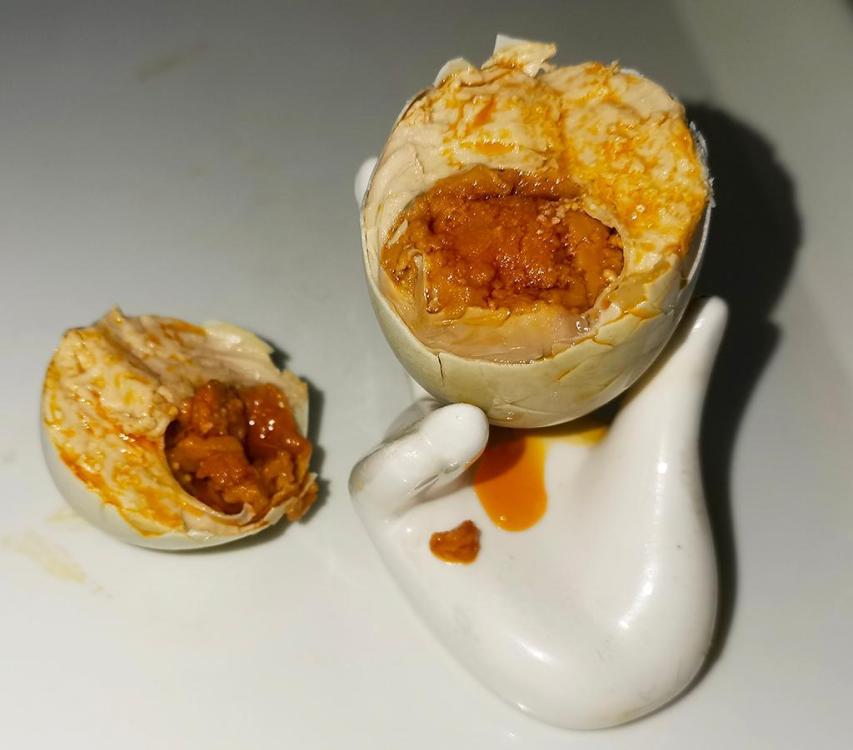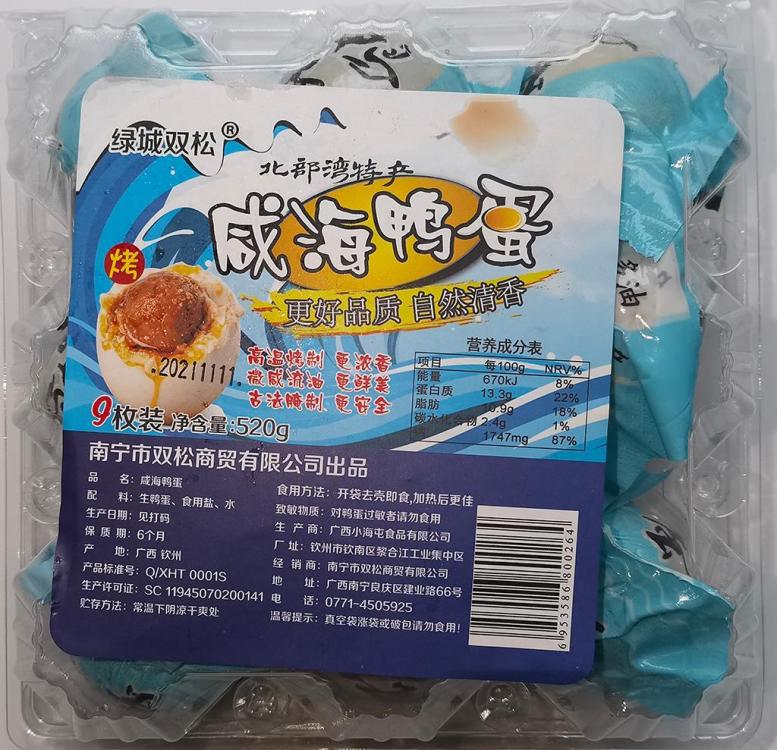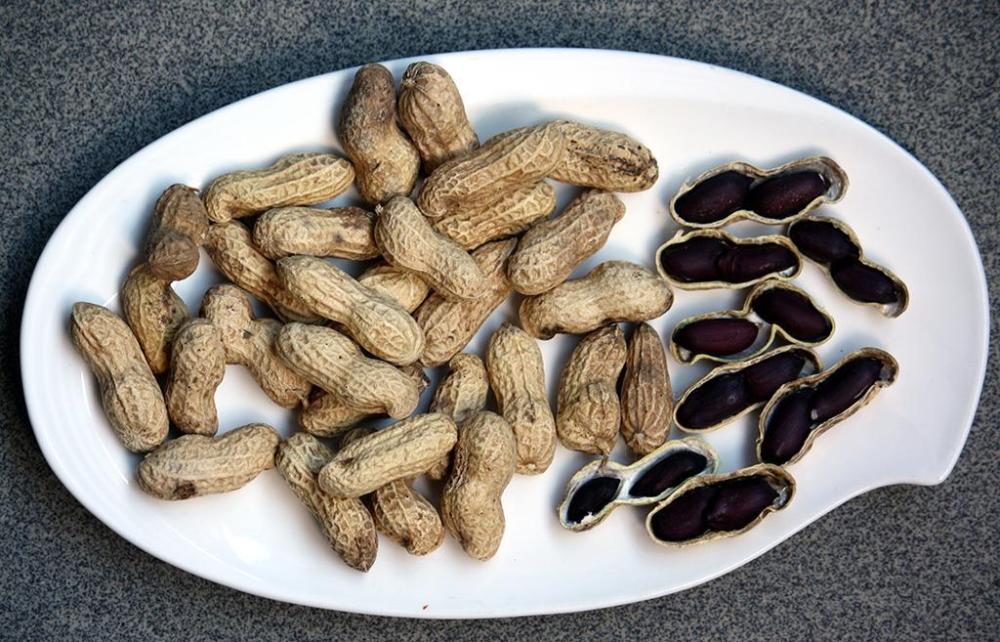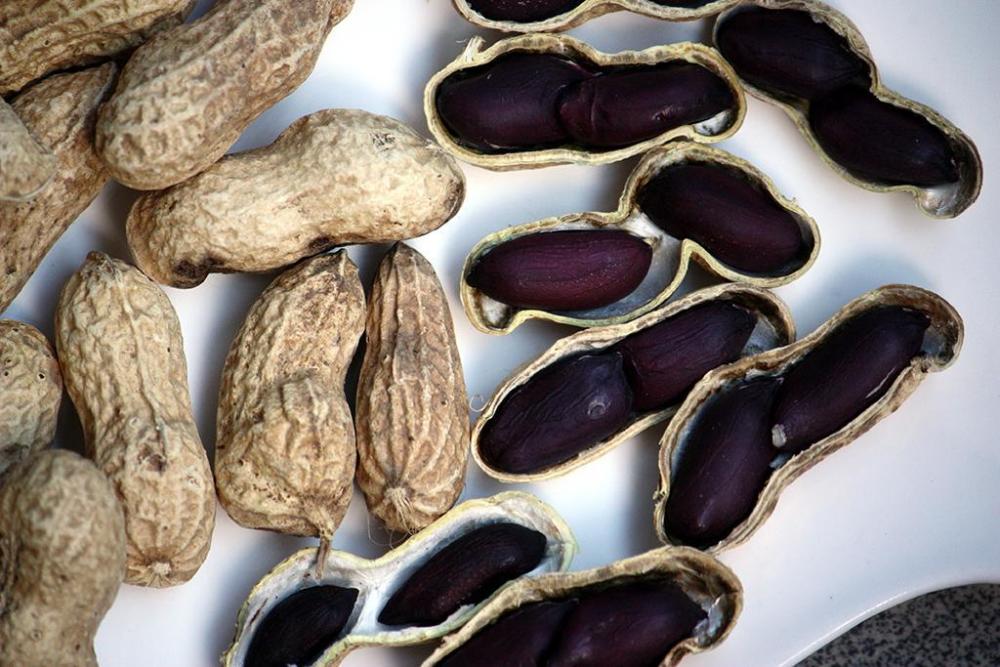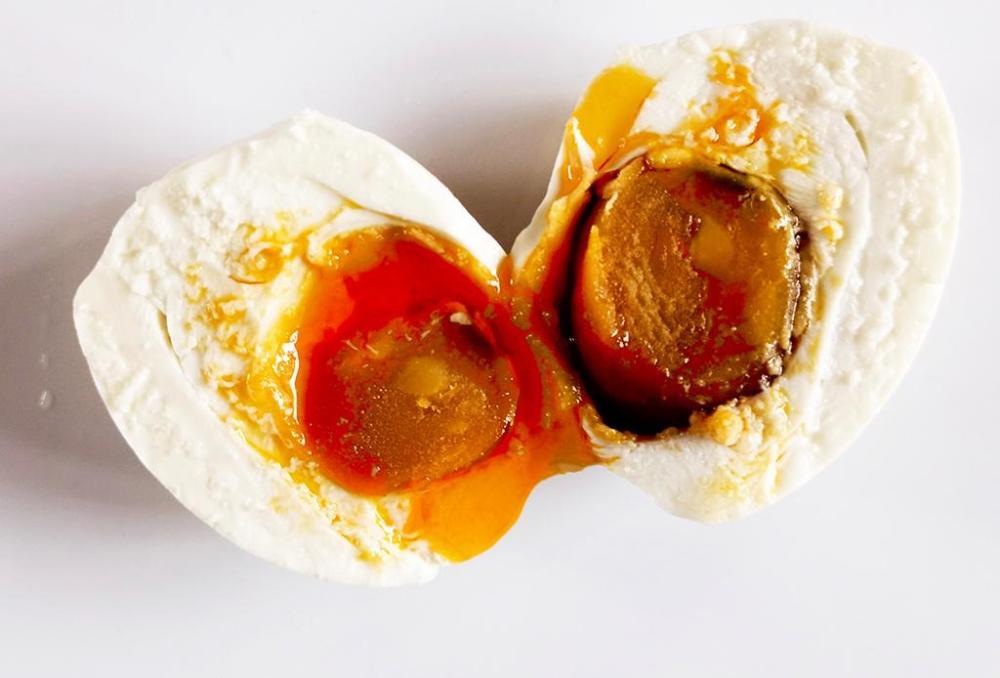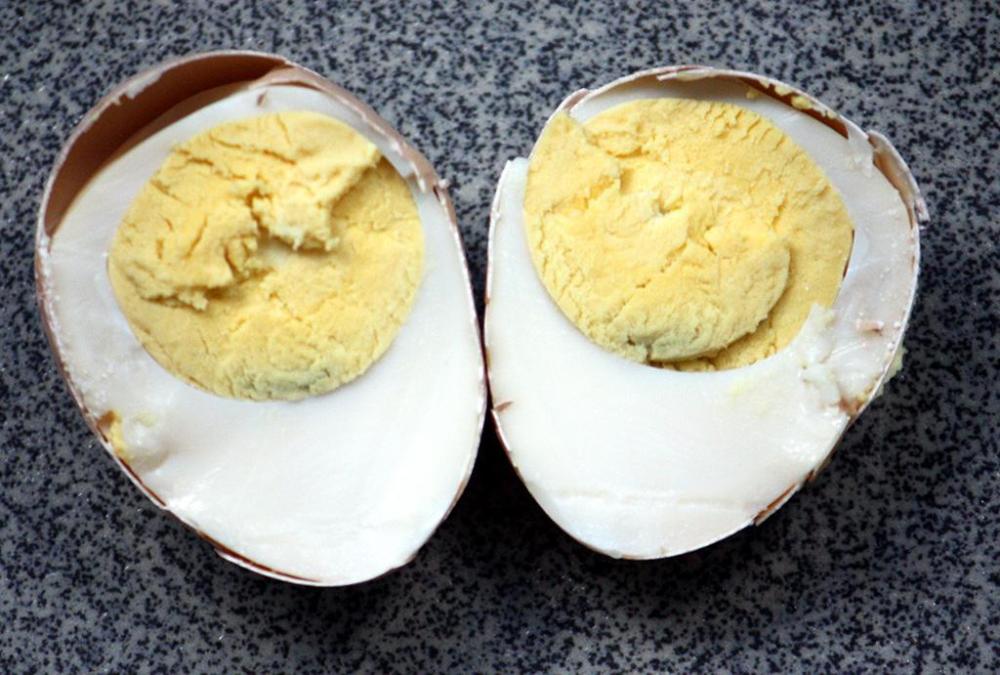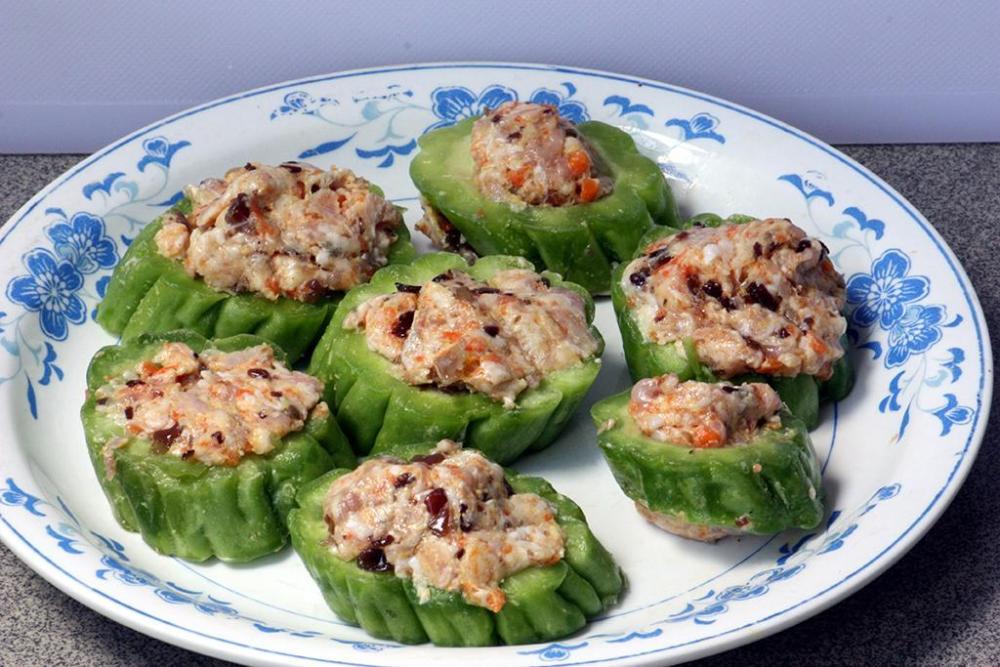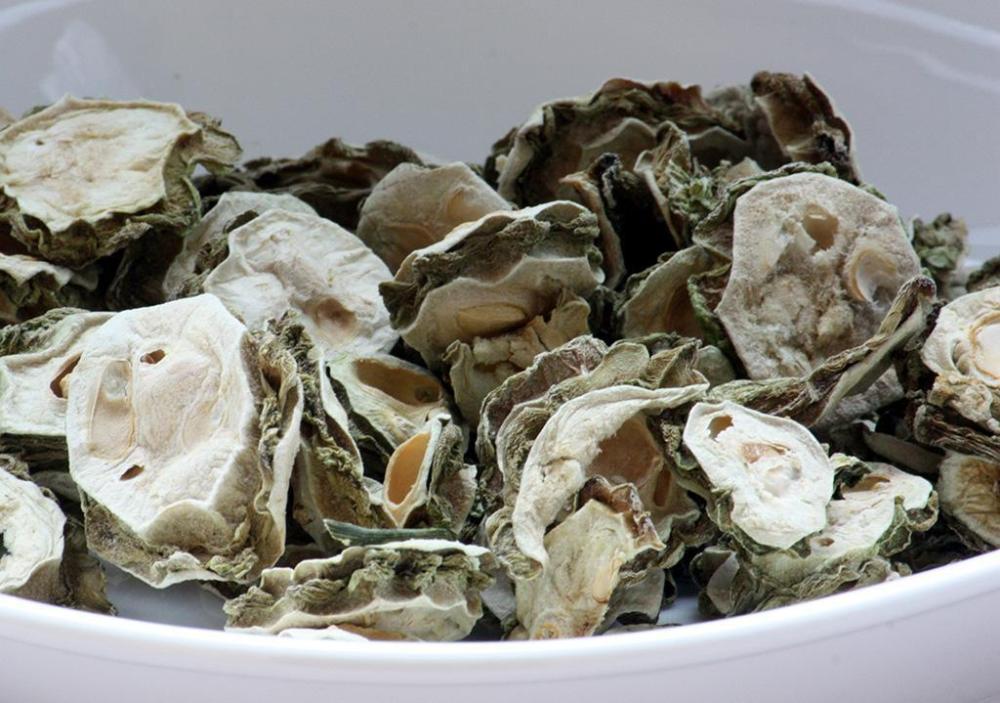-
Posts
16,663 -
Joined
-
Last visited
Content Type
Profiles
Forums
Store
Help Articles
Everything posted by liuzhou
-
Got myself a bargain today. These peanuts were on special offer. They are 龙脑桥麻辣花生 (lóng nǎo qiáo má là huā shēng), Longnao Bridge Mala Peanuts. Longnao Bridge is an ancient bridge (built between 1378 and 1389) in Luzhou, Sichuan (Not Liuzhou!) and Mala is the signature flavour of Sichuan - hot and numbing from chillis and Sichuan peppercorns. What the connection between the bridge and the nuts may be, I have no idea. They are actually made in Guangzhou in Guangdong province. Still, the taste is authentic. Beer food supreme.
-
-
Donkey is definitely my favourite red meat. If I had to compare it to another type, I'd have to say 'horse', but realise that is probably not over helpful. It is more like beef than anything else remaining. The meat is extremely tender, mildly gamey and slightly sweet. Great in burgers, sausages etc, but also great for stir fries or in noodle dishes.
-
Next Tuesday (Feb 2nd, 2022) is New Year's Day welcoming in the Year of the Tiger. All around me neighbours are making preparations for the 15 day celebrations. This includes smoking and drying your pork and sausages and preparing some special foods. About an hour ago, I popped out to pick up some necessities from the local mom and pop store. This includes smoking your pork and sausages. Mom and her friend was hiding in the back being busy while Pop was smoking meat out front and looking after the store. Mom (left) and friend preparing zongzi (sticky rice stuffed bamboo leaves) for steaming. Wrapped Zongzi. More to follow.
- 8 replies
-
- 11
-

-

-

Is there such a thing as a "madeleine slicer"?
liuzhou replied to a topic in Food Traditions & Culture
This, on the other hand is a mandoline. A small one. A few years back there was a craze for slapping thin slices of cucumber on women's faces (self-slapped, I should stress! I don't go around slapping women with cukes or anything else!) So they were selling these custom cucumber slicers on the streets. I bought one for a laugh. Never used it. -

Is there such a thing as a "madeleine slicer"?
liuzhou replied to a topic in Food Traditions & Culture
-
Is that the pickled variety at the front right of the last image - sort of bright yellow? I've never had it pickled, but when I see it fresh round here, I always buy it. It is sweet and sticky - wonderful stuff.
-
青椒驴肉片 (qīng jiāo lǘ ròu piàn), stir fried donkey meat with green and red chili peppers. Served with rice and stir fried spinach.
-

Is there such a thing as a "madeleine slicer"?
liuzhou replied to a topic in Food Traditions & Culture
I have a mandolin if it helps. Anyone caught slicing vegetables with it will be composted! I've searched all my databases and there is no record of a madeleine being a slicing tool . Grammatically, that makes sense, but doesn't in any other way. Slicing Proust's madeleines is highly unlikely to be a major topic of website or blogs, I guess, so why so many mentions? -

Is there such a thing as a "madeleine slicer"?
liuzhou replied to a topic in Food Traditions & Culture
I'd say definitely. -
This steak was sold as "Silver Cod" but may or may not be Chilean Sea Bass or Patagonian toothfish. It's definitely fish. Fish nomenclature is a mess in both Chinese and English. Whatever it was, it was fried and served with chilli infused yuzu ponzu and garlic fried mushrooms with coriander leaf and Chinese chives.
-
Joe Bastianich, so called Italian restaurateur, pronounces espresso as 'expresso'.
-
-
then there are the best 咸海鸭蛋 (xián hǎi yā dàn), salted sea duck eggs. These come from Guangxi Beibu Gulf near the China-Vietnam border. A local specialty. Pretty they ain't, but rammed with flavour. Sold in boxes of nine or individually.
-
-
The difference between salted duck eggs and salted chicken eggs is a lot more than just size and price. The flavour is different; the texture is different; the appearance is different. Salted chicken eggs are very much the poor cousins. Salted Duck Egg Salted Chicken Egg
-
I vaguely remember seeing them here once, then they disappeared days later. But hey, I'm a guy who only likes one flavour of crisps (not chips ffs) - a flavour that becomes harder and harder to find! Potato flavour!
-
Where? Certainly not here.
-
I may be the only person the planet who hasn't seen this before, but it did make me laugh.
-
Re: Bitter Melon Here is one favourite dish I didn't mention. The melons are sliced into chunks and cored then stuffed with a mix of ground pork and shiitake mushrooms. Spicing can be added to your preference. These are sold pre-prepared in supermarkets, but I make 'em myself to get the spicing as I like it. They are then either pan fried or steamed (on top of rice in the rice cooker) and here are the dried bitter melon slices sold for making 'bitter melon tea'.
-
I mostly see / eat them with congee but have also had them with various soupy noodle dishes (including luosifen). They are, of course, baked into mooncakes. I've had them in salads, too but in SE Asia; not China. China doesn't really do salads. I more often buy salted quail egs, which I recommend trying if you come across them. Salted Quail Eggs
-
Yes, your first image is the Chinese variety and the second the Indian. The drink you show, 王老吉 (wáng lǎo jí) is extremely popular here, but I don't find it in the least bitter - at least no more so than Coca Cola. What I am talking about is 'bitter nail tea', which is infinitely more bitter!
-
The trouble with discussing bitter melon's bitterness is that there are different varieties of the gourd and the different varieties vary in the bitterness stakes. I first ate it in India in the 1970s and found it to be almost impossibly bitter. I eat it regularly here in China (usually with pork and fermented black beans) and find it less bitter (although sometimes I hit on a super bitter renegade). I don't know which type you are getting. The most bitter thing I have consumed is probably 苦钉茶 (kǔ dīng chá) or bitter tea (not to be confused with 苦瓜茶 (kǔ guā chá) which is bitter melon tea, made by steeping dried bitter melon slices in hot water.) Real bittter tea is a shocker the first time you try it.
-
Almost. It's missing the traditional beer.


